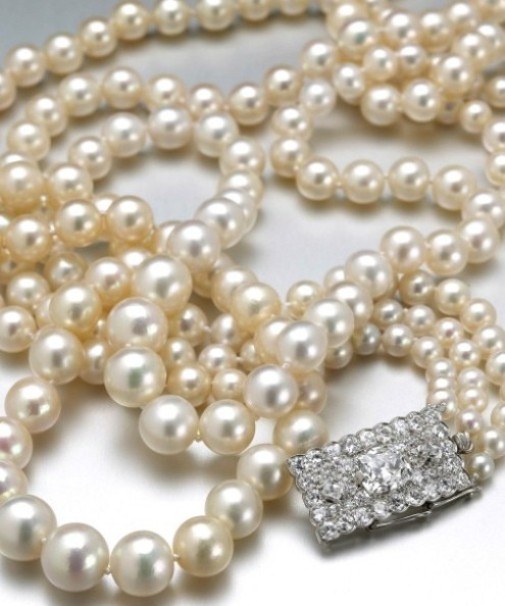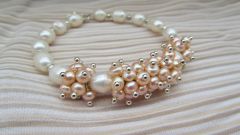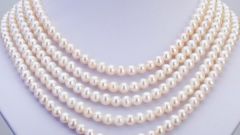Instruction
1
Focus on the weight of the jewelry. The imitation of real pearls can be very high quality dyes with real mother-of-pearl, used to cover the glass balls filled with wax, give the beads a visual resemblance to real stones. But the weight of this pearl is another. Natural stones weigh more than fake pearls – take the ornament in your hand and rate its severity.
2
Rate the stone structure. Natural pearl has a perfectly smooth surface in the process of its "birth" bead covered with layers of nacre uneven, and the Foundation stone (grit or other foreign body) is rarely smooth and regular shape. You can hold hands along the stone surface or apply it to the teeth, to assess the texture and shape. Than the smoother will be the roundness of the pearl, the more likely it can be attributed to counterfeit products.
3
Inspect the holes in the beads. To connect the gems in a necklace, they need to pierce it, forming a small hole. The edges of these holes may "tell" about what the nature of pearls – man-made stones you can see the layer of basic material (glass or plastic), and natural pearl balls that there is no defect, no viertola and barely noticeable layers that vary in thickness.
4
Drop the stones on the floor. A real product of shellfish, hitting on a hard surface, table or floor, high bounce. Fake stones is likely to roll or can even be damaged (depending on impact force).
5
Look at the price tag. Natural pearls are expensive too high cost of its production compared to the costs of the production technology of artificial balls. No advertising campaign, announcing the sale of pearls at low prices are not justified – this is just a marketing move designed to increase sales of counterfeit jewelry made of pearls.
6
View the decoration on the light. The glare from the stones can be very diverse, it all depends on the natural color of pearls. But bright natural stone will always cast a soft blue color, and artificial jewelry can be pale green, pink splashes.


